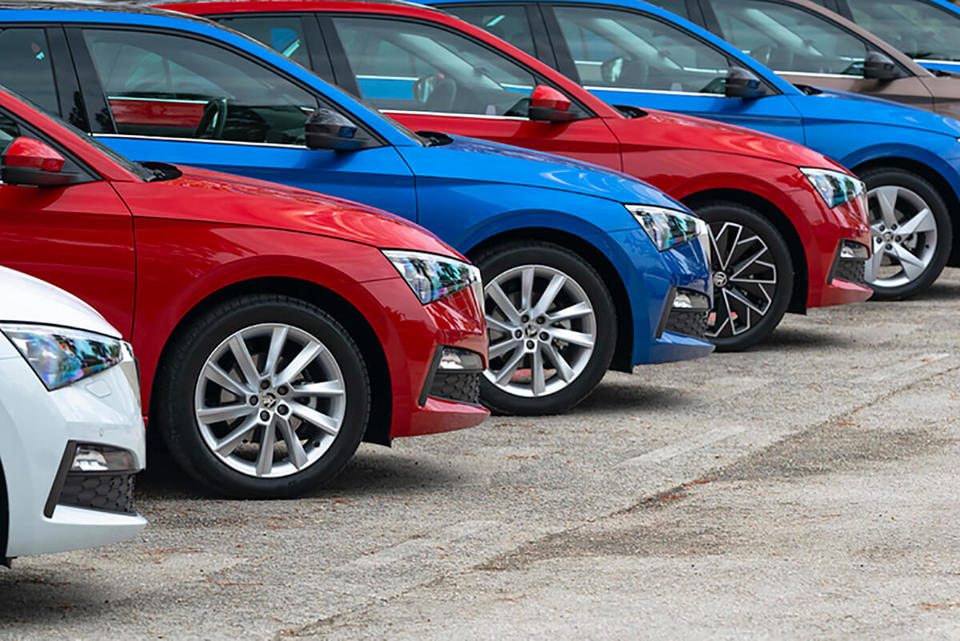The Society of Motor Manufacturers and Traders (SMMT) has stepped-up its engagement with UK and international investors, setting out prime growth opportunities offered by the shift to a low carbon economy.
Highlighting the cutting-edge technology and product R&D currently undertaken in the UK, and its potential to transform the global sector, SMMT, PwC and the Low Carbon Vehicle Partnership yesterday presented to the UK’s investment community and industry leaders. Discussion focused on the how investors can get involved in the future of UK automotive and the significant role export-led manufacturing will play in driving economic growth towards a rebalanced economy.
The event followed a wave of announcements from global OEMs committing long-term investment to UK plants and product development facilities. It aimed to raise awareness of the growing opportunities presented by niche vehicle manufacturers and low carbon component suppliers. Over the past 10 months, a host of companies have committed in excess of £4bn to UK automotive, demonstrating their confidence in the sector.
“The UK is already a global focal point for low and ultra-low carbon technologies and the recent wave of investment announcements from major multinational brands is evidence of its strength and growth potential,” said SMMT Chief Executive, Paul Everitt. “The transition to a low carbon economy is a major opportunity for UK automotive companies whether it’s in developing or building components, vehicles or infrastructure. Investors committing to the sector now will reap the rewards that automotive companies are already experiencing from growing export demand across new and emerging markets.”
SMMT’s new focus on investor engagement draws attention to the growth potential of a number of priority technology areas, identified by the Automotive Council, that could deliver significant return on investment. The technologies are energy storage and management, electric motors and power electronics, internal combustion engines, lightweight vehicle and powertrain structures, and intelligent mobility.
More on page two...

















Login to comment
Comments
No comments have been made yet.